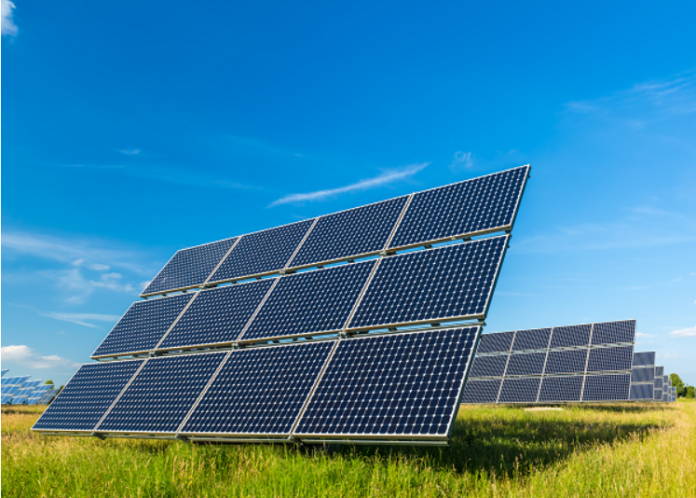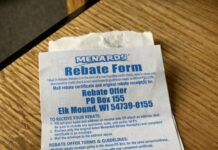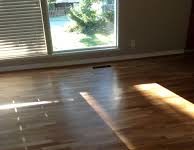If you are building a new home or just trying to make your existing home more eco-friendly, we all want to improve the impact we make on the earth. While it’s easy to get lost in making large, sweeping changes, the environment benefits from any changes you make – even small ones. Let’s take a look at how you can mimic new eco-friendly homebuilding strategies in your existing home.
Carbon-Neutral
An ideal eco-friendly home has zero carbon emissions. While these steps can be easy to incorporate into the home-building process, you can also use many of these strategies in your own home. Home solar panel installations with battery storage systems are the first step. Incorporate a solar collection station and store solar energy for on-demand use. Many homeowners sell unused solar energy to power companies.
Consider replacing your central air conditioning system with a heat pump. Recent studies show that heat pumps are more energy-efficient in certain areas than traditional central air conditioners. They also use less fossil fuel to heat the air inside your home.
Pre-Fab
You’ve probably seen pre-fabricated homes being transported via tractor-trailers driving on the interstate. The building pieces are assembled at the homesite. With no construction waste, they make a great alternative to traditional homebuilding. When planning to renovate or add-on to your home, you can help the environment by choosing a contractor that uses recycled building products. Also, ask them to recycle or donate excess building materials.
Take it a step further by adding upcycled home décor to your home. Support local artisan, or channel your inner artist when adding those final touches to your home.
Earth-Sheltered
When you build into the side of a hill, the earth surrounding your home provides the necessary insulation to maintain a comfortable climate. Reduce your carbon use by adding additional insulation to your existing home. Sheep’s wool, hemp, cork, and denim are great alternatives to fiberglass insulation.
Windows are key to building an earth-sheltered home. Windows must provide adequate lighting and still be water-tight. Replace windows with the most energy-efficient models available.
Green Wall
Homeowners in urban areas are building green walls on the exterior of their buildings. Living walls insulate your home and improve outdoor air quality. They minimize the heat island effect by absorbing vehicle exhaust fumes and solar rays, rather than reflecting them into the environment.
You can mimic this effect by installing a green roof on your home, garage, or carport. Green roofs are insulating masterpieces and have the same impact on the heat island. A roofer specializing in green roofs can help you determine the load capacity for your home. Depending on your roof structure, you can walk on a green roof, allowing you to plant and tend a garden.
Take a little time to investigate which solutions can improve your footprint on the earth. Even if you do not plan on building a new home at this time, you can still take advantage of many of the techniques eco-friendly home builders are using.














